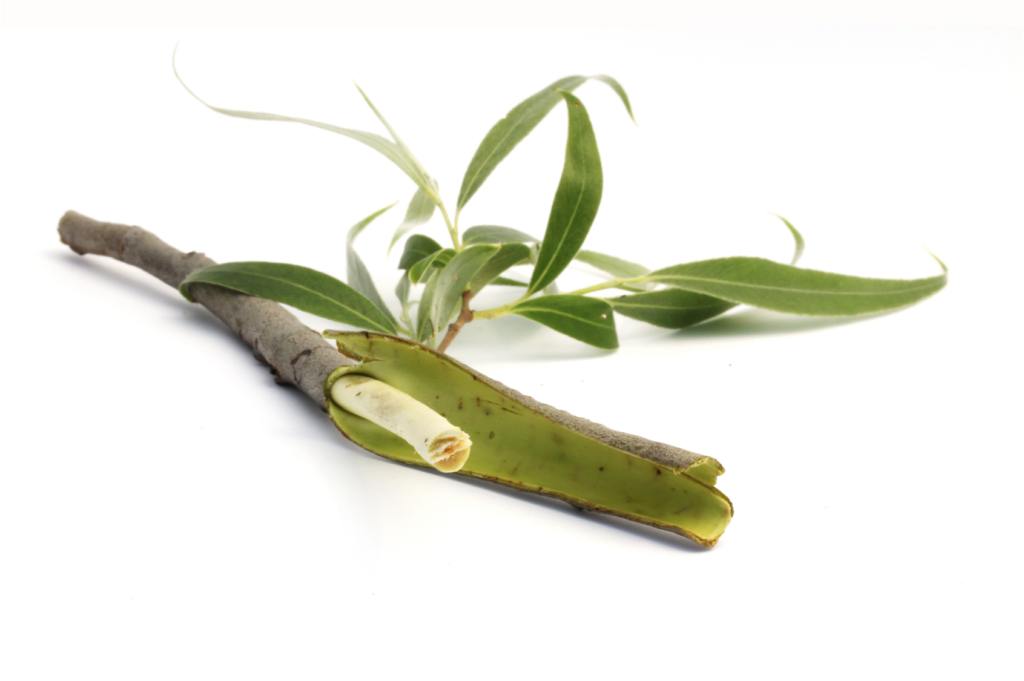By Marjorie Watkins and Suzanna Leigh
Marj remembers a Sitka spruce, on the ridge above the Siletz River in Oregon where she grew up, as sacred to the indigenous coastal people who lived in the Siletz Valley. Marj says, “When I was a girl, we had many Indian friends. I was told that sick Indians would climb up to the spruce tree, believing that if they could make it there, they would be healed.”
The resin and pitch of spruce have antiseptic, antimicrobial, and antifungal properties, and were used by several North American Indian tribes for lung complaints, sores, and wounds, according to the United States Department of Agriculture Plant Guide. An ointment made from spruce resin can be used to relieve pain from sore muscles and joints, or rubbed on the chest to relieve congestion. Do be careful, though, and use only a small bit the first time to check for reactions. Marj’s logger father was highly allergic to spruce, and was really miserable whenever he had to work around them. Do not use long term or if pregnant.
Susan Vinskofski’s site, learningandyearning.com has many recipes using spruce, as well as several methods of making infused oils.
My neighbor has a willow tree. I wonder if she knows she can make a tea from the bark for pain relief? According to the National Center for Biotechnology Information, willow bark contains salicylic acid in low doses, along with flavonoids and polyphenols, which contribute to a potent analgesic and anti-inflammatory effect. Willow bark provides “A broader mechanism of action than aspirin … making it devoid of serious adverse effects” and does not damage the intestinal lining.
The Native Memory Project states that Indigenous peoples commonly used the inner bark (the moist, green inner portion of bark, separated from the protective, dry outer bark), and put it into open wounds as a pain reliever. They made a tea of the dried, crushed inner bark for colds, fever, arthritis, mouth sores, toothache, and general aches and pains.
Willow bark has been used as medicine from as far back as ancient Egyptian times. Although it has some salicylic acid and its derivative is salicin, from which aspirin is made, it does not appear to have the side effects that aspirin does, according to the National Library of Medicine. Still, if you are allergic to aspirin or taking other medications, it is always wise to ask your doctor about possible contraindications.
Willow Tea is commonly made by boiling 1-2 teaspoons of dried bark in 8 oz water for several minutes, then steeping it for a half-hour or so.
Tincture: Soak parts of an herb for several weeks in alcohol or vinegar (to cover), to extract the active components. Alcohol is often the liquid of choice, as it can extract components, such as resins and alkaloids, that are not water-soluble. Willow tincture dose: 2-4 mL, up to 4 times per day.
Although the saying “An apple a day keeps the doctor away” was coined to sell apples when prohibition made hard cider illegal, there is some truth to the saying. According to the National Center for Biotechnology Information, studies have linked apple consumption to reduced risk of some cancers, cardiovascular disease, asthma, and diabetes. In the laboratory, apples have been found to have very strong antioxidant activity, inhibit cancer cell proliferation, decrease lipid oxidation, and lower cholesterol.
In China, apple tree roots and bark are used as a diuretic, to reduce fever and pain, and to treat tuberculosis, lungs, rheumatism, boils, and diarrhea.
When harvesting tree barks, cut small slivers lengthwise, as these will soon heal. Never leave a bare ring around the tree trunk. That would kill it. Trees will serve us, but no tree need be sacrificed to heal us.
As with any herbal medicine, start with small doses until you know how your own body will respond, and consult with a doctor if you are on any medications.

